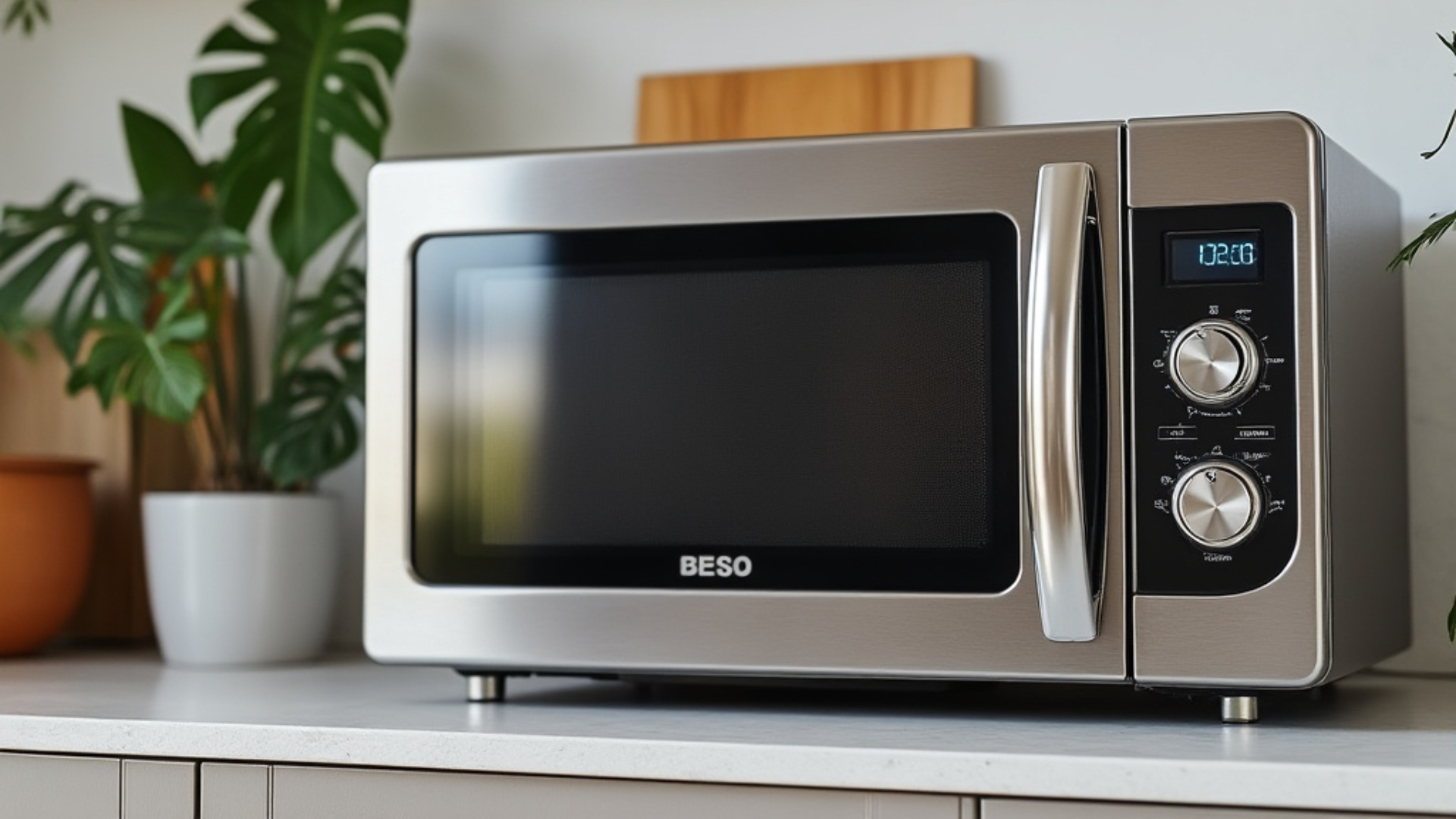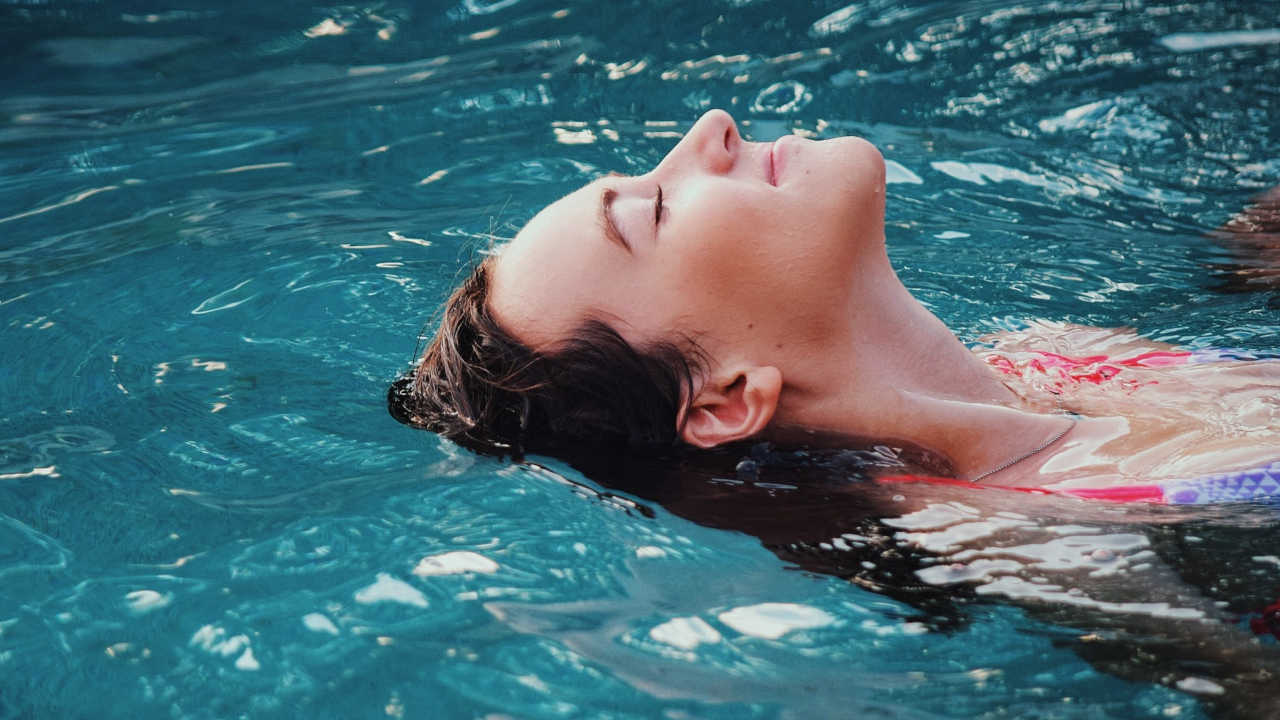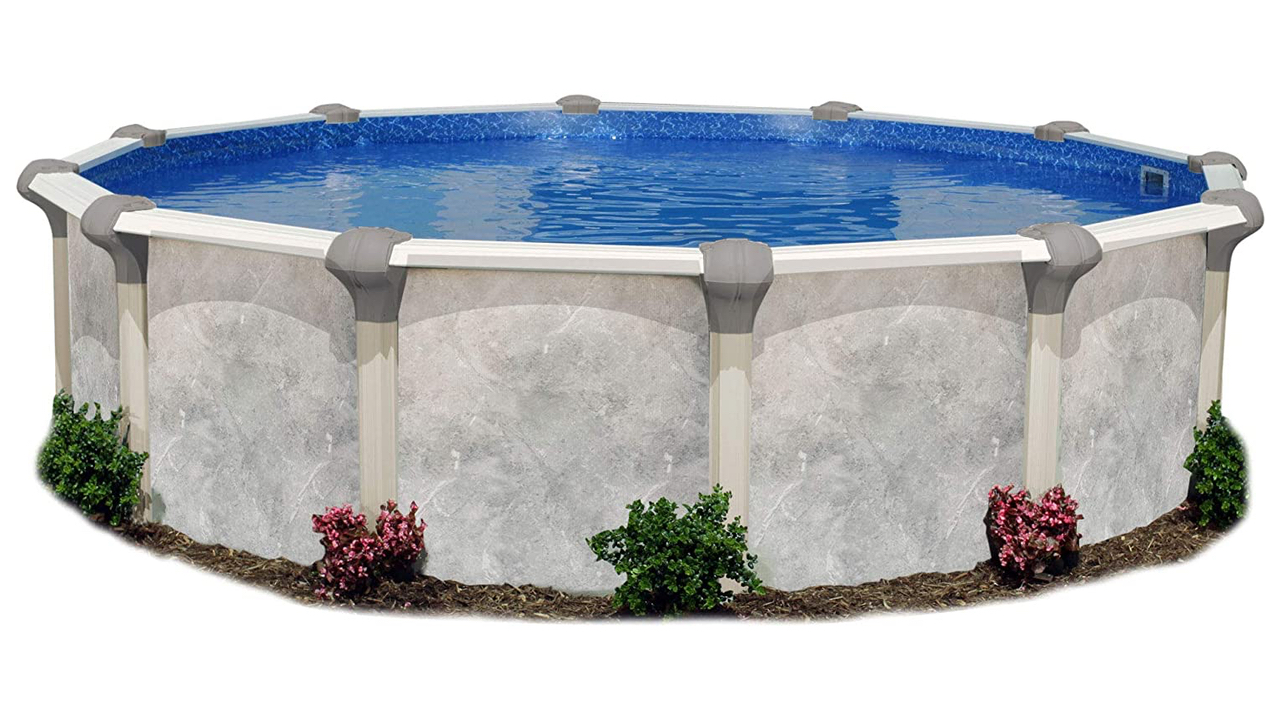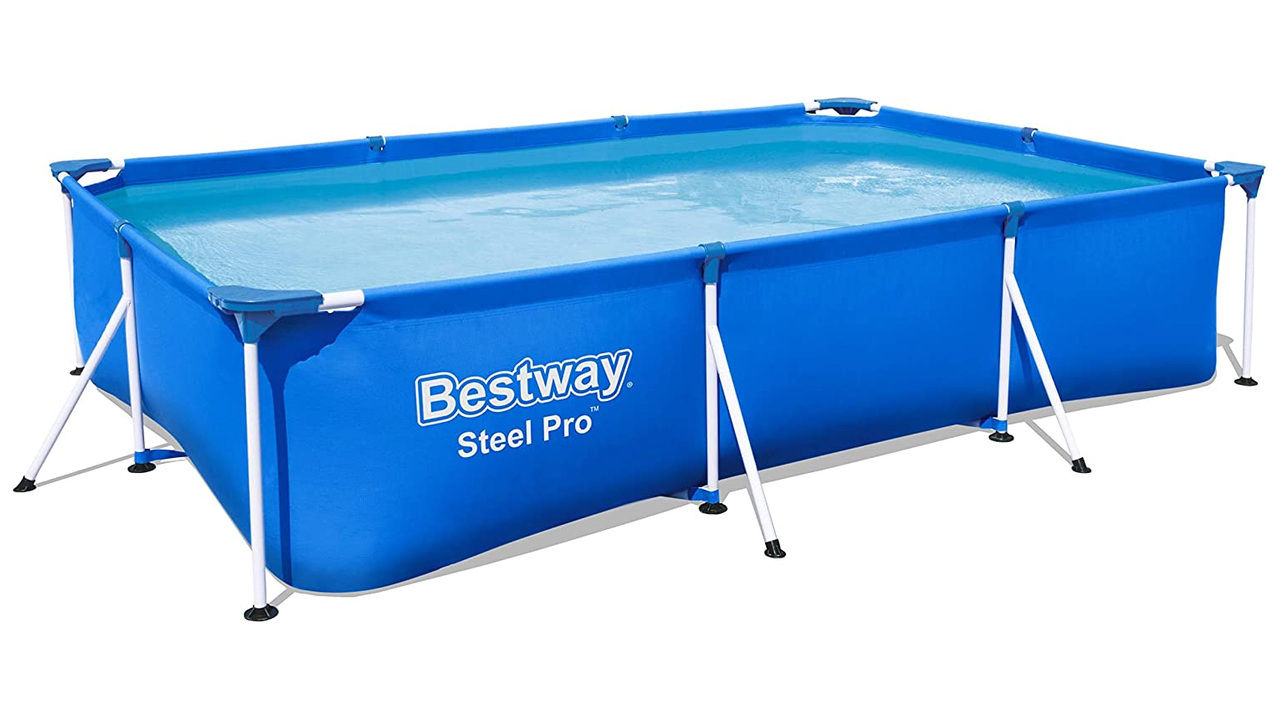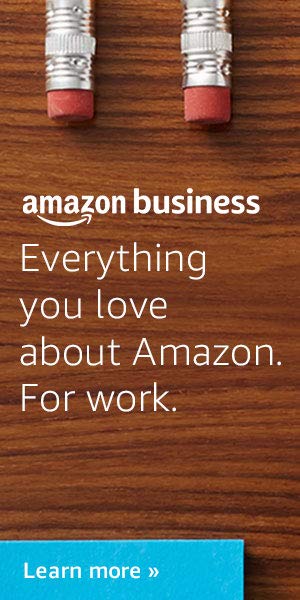Microwave Safety: Best Practices for Maintenance and Use
Microwaves have become indispensable in modern kitchens, offering a quick and convenient way to prepare and heat food. While these appliances save time and effort, ensuring their safe use is crucial to prevent accidents, protect your health, and extend their lifespan. By following a set of best practices, you can maximize safety and efficiency when using a microwave.
Safe Use of Microwaves

One of the most important considerations when using a microwave is exercising caution with liquids. Water and liquid-based substances can reach boiling temperatures suddenly, which poses a risk of burns. Always use protective measures, such as oven mitts, when handling hot items from the microwave.
Ensure that the microwave door shuts tightly before use. A properly functioning door is critical for safety, as a faulty door can allow radiation to escape, posing risks to both health and the appliance. If the microwave operates with the door open, discontinue use immediately and seek professional assistance to repair it.
Avoid placing metal items inside the microwave. Materials like aluminum foil or metal utensils can create sparks, leading to fires or damage to the microwave. Only use containers explicitly labeled as microwave-safe, such as certain ceramics, glass, and plastics. Using unsuitable materials may lead to melting, breakage, or even harmful chemical contamination.
Sealed containers should not be placed in the microwave. The buildup of steam or pressure can cause explosions, leading to injuries and damage to the appliance. Foods with natural shells, such as eggs, should also be handled with care to prevent similar risks.
Always ensure that food or a suitable substance is in the microwave before operating it. Running the appliance empty can damage its magnetron, which is responsible for generating microwaves, and may even cause a fire. Unlike conventional ovens, microwaves do not require preheating, making it unnecessary to operate them without food.
While concerns about microwaves interfering with pacemakers have largely been resolved, faulty units could still pose risks. If you experience unusual symptoms, such as dizziness or palpitations, while the microwave is in use, discontinue its operation and consult a professional.
Never leave a microwave unattended while it is in use. Cooking times vary, and staying nearby allows you to address any issues, such as overheating or smoke, before they escalate into serious hazards.
Choosing Safe Microwave Cookware

The type of cookware used in a microwave is essential for safety. Avoid materials that contain metal or metallic elements, as these can cause sparking and potential fires. Plastic containers should only be used if they are specifically labeled as microwave-safe, as some plastics may melt or release harmful chemicals when exposed to heat.
Glass and ceramic dishes are generally safe, but they should be free of metallic paint or trim. Additionally, tempered glass is recommended, as it can withstand sudden temperature changes without cracking. When in doubt, check for labels or symbols indicating microwave compatibility.
Proper Placement and Ventilation
Where you place your microwave plays a significant role in its safe operation. Ensure there is adequate ventilation around the appliance, as overheating due to poor airflow can lead to malfunctions or fire hazards. Keep the microwave a safe distance from flammable objects, such as curtains or paper, and follow the manufacturer’s guidelines for installation.
Handling Hot Containers and Uneven Heating
Microwaved food can heat unevenly, creating hotspots that may burn skin or cause food safety concerns. To prevent this, stir or rotate food periodically during cooking. For dishes with deep contents, creating a well in the center can promote even heating.
When removing hot containers, use oven mitts or towels to protect your hands, and handle them with care to avoid spills. Open lids or coverings away from your face to prevent steam burns. These precautions help reduce the risk of injury from hot food or containers.
Maintaining a Clean Microwave

Regular cleaning is vital to ensure the safety and performance of your microwave. Food residue left inside the appliance can overheat and become a fire hazard. After each use, wipe down the interior with a damp cloth to remove splatters or spills. For stubborn stains, microwave a bowl of water with lemon slices to loosen debris before cleaning.
Detachable parts, like the turntable, should be washed with warm, soapy water, while the exterior, including buttons and handles, should be disinfected to prevent bacterial buildup. Avoid harsh chemicals or abrasive tools, as these can damage the microwave’s surfaces.
Child Safety with Microwaves
Children should always be supervised when using a microwave. Many modern microwaves feature child lock settings that prevent accidental operation or opening during use. Familiarize yourself with this feature by consulting the user manual, as it adds an extra layer of safety.
Maintenance and Professional Servicing
Regular maintenance is key to ensuring your microwave’s longevity and safe operation. Check for signs of wear and tear, and follow the manufacturer’s instructions for care. Routine cleaning of the exhaust fan and replacing filters as needed can prevent malfunctions and prolong the appliance’s lifespan.
Professional servicing is recommended periodically to address any issues that might not be visible. If your microwave is still under warranty, neglecting maintenance may void it, so staying on top of these tasks is essential.
Final Thoughts
Microwaves are a convenient and efficient kitchen appliance, but they require responsible use to ensure safety and performance. By choosing microwave-safe cookware, maintaining proper ventilation, and handling hot food containers with care, you can minimize risks. Regular cleaning and maintenance, along with proper supervision of children, further enhance the safety of microwave use.
Following these best practices not only safeguards your health and home but also extends the life of your appliance, allowing you to enjoy worry-free use for years to come.

